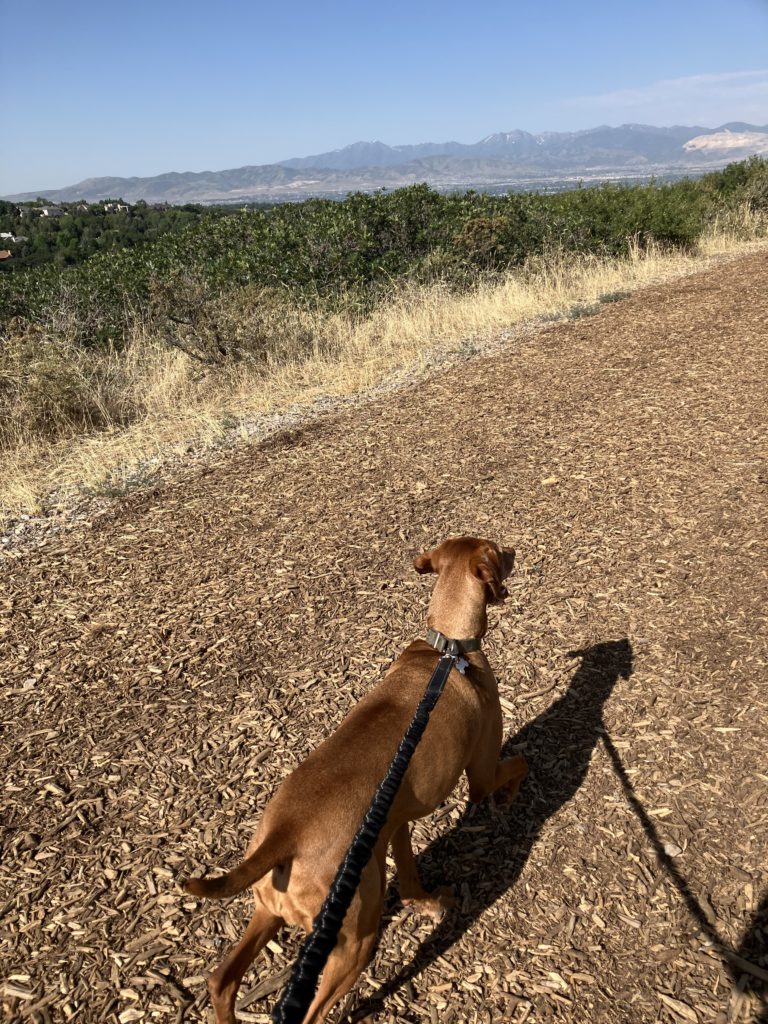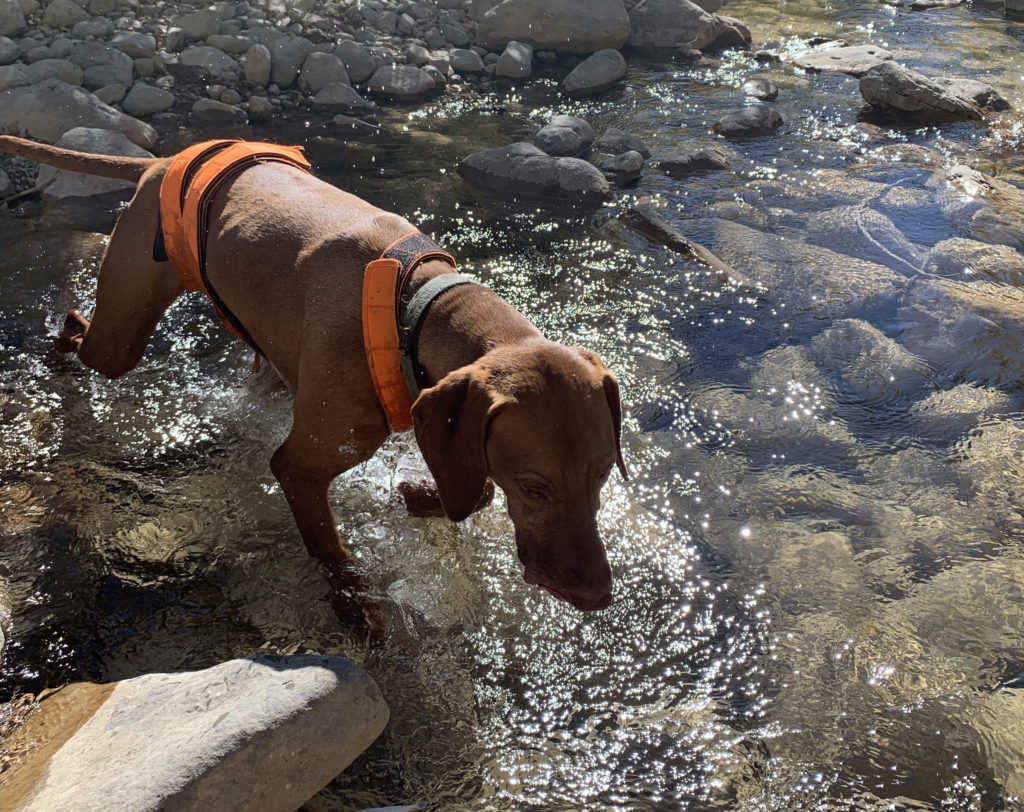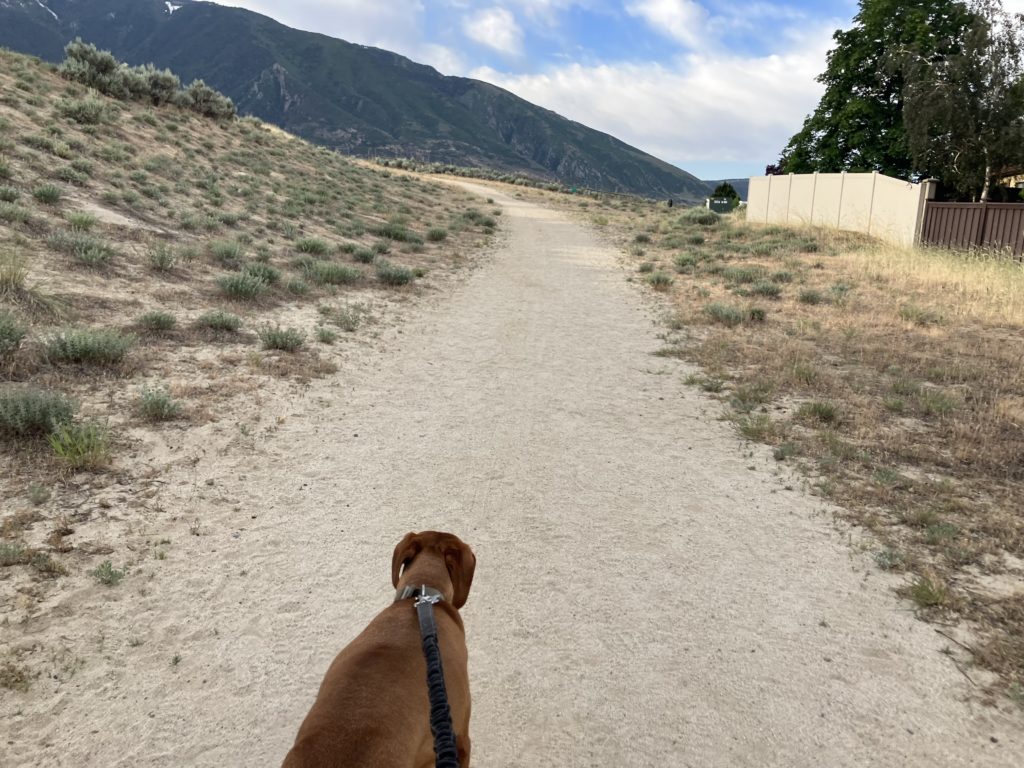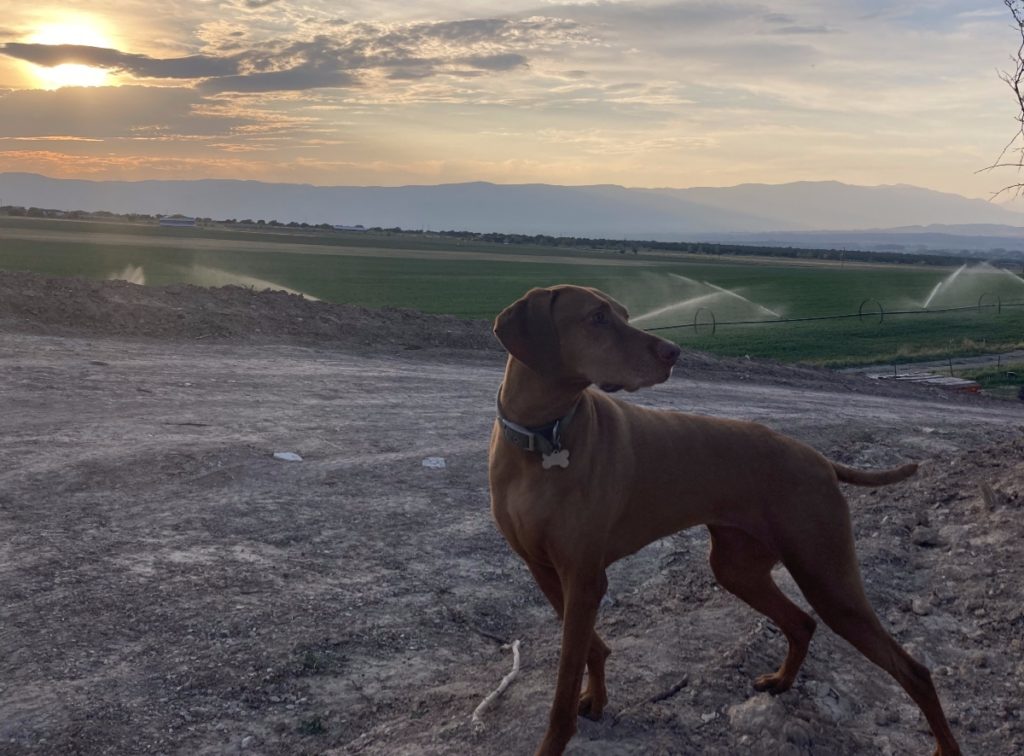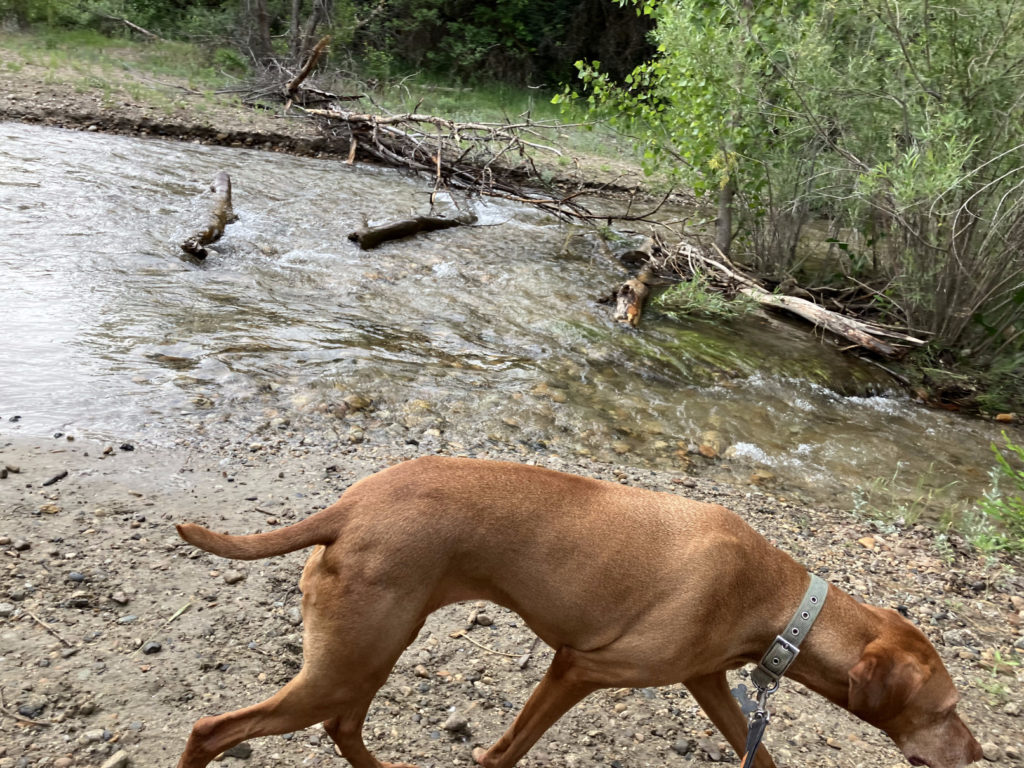Hit the trails with your dog responsibly! This trail running etiquette for dog owners guide outlines key tips to ensure a positive experience for all trail users.
Understanding Leash Laws: Keeping Control
One of the first steps in responsible dog running is understanding and respecting leash laws. These laws vary by location, but they are designed to ensure the safety of all trail users, including your dog. Some trails require dogs to be on a leash at all times, while others may have off-leash areas or times. Always check the rules before you set out. Even if leashes aren’t required, having your dog on a leash or under voice control is a good practice to prevent unexpected encounters with wildlife or other trail users.
Leash laws are not only about control but also about respect. They are in place to protect everyone’s enjoyment of the outdoors, including those who may be afraid of dogs or allergic to them. Additionally, they help to prevent unwanted interactions between dogs, which can lead to fights or injuries. It’s also worth noting that some trails may be home to sensitive wildlife or plant species, and dogs running off-leash can inadvertently cause damage or stress to these organisms.
Furthermore, even well-behaved dogs can become distracted or excited by new smells, sights, and sounds on the trail. A squirrel darting across the path, a bird flying low, or even the rustle of leaves in the wind can be enough to send your dog running off into the unknown. Having your dog on a leash ensures that you can quickly regain control in these situations, preventing your dog from getting lost or injured.
Finally, it’s important to remember that leash laws are often enforced by local authorities, and failure to comply can result in fines or other penalties. So, for the safety and enjoyment of everyone on the trail, including your dog, it’s best to keep your dog leashed or under reliable voice control at all times.
Waste Disposal: Leave No Trace
Waste disposal is a crucial aspect of trail running etiquette for dog owners. No one wants to encounter dog waste on the trail, and leaving it behind can harm the environment. Always carry waste bags with you and pick up after your dog. Many trails have waste disposal bins, but if not, pack it out with you. Remember the principle of “Leave No Trace” applies to our furry friends too.Dog waste is not only unpleasant to encounter, but it can also pose a significant health risk. It can contain harmful bacteria and parasites that can contaminate water sources and spread disease to other animals and even humans. This is why it’s so important to pick up after your dog and dispose of the waste properly.
When packing out dog waste, consider using biodegradable bags. These are a more environmentally friendly option as they break down over time, unlike traditional plastic bags which can take hundreds of years to decompose. However, even with biodegradable bags, it’s still important to dispose of them in designated waste bins whenever possible.
In addition to picking up after your dog, it’s also good practice to move off the trail when your dog needs to go. This helps to minimize the chance of other trail users accidentally stepping in the waste and further reduces the environmental impact.
Finally, remember that “Leave No Trace” extends beyond just waste disposal. It’s about respecting the natural environment and preserving it for future generations. This means staying on the trail, not disturbing wildlife, and leaving natural features as you found them. By following these principles, we can all contribute to a more enjoyable and sustainable outdoor experience.
Yielding on Trails: Sharing the Space
Yielding on trails is a key part of being a considerate trail runner. As a general rule, runners should yield to hikers, and everyone yields to horses. When you encounter others on the trail, step aside and put your dog on a short leash or have them sit by your side. This not only shows respect for other trail users but also helps prevent any potential conflicts between dogs or with wildlife.
It’s important to remember that trails are shared spaces, used by both people and animals. This includes other runners, hikers, cyclists, horseback riders, and wildlife. Each group has different needs and speeds, and being aware of this can help ensure a positive experience for everyone. For example, cyclists and horseback riders may move faster and have a harder time stopping or maneuvering than runners or hikers. By yielding the right of way, you can help prevent accidents and maintain a peaceful atmosphere on the trail.
Additionally, when yielding to others, it’s a good idea to communicate your actions. A simple “on your left” or “coming through” can alert others to your presence and prevent surprises. This is especially important when running with a dog, as sudden movements can startle other trail users or their animals.
Finally, keep in mind that yielding also applies to interactions with wildlife. If you encounter wildlife on the trail, give them plenty of space and avoid disturbing them. This not only protects the animals but also ensures the safety of you and your dog.
Minimizing Environmental Impact: Protecting Our Trails
Finally, minimizing environmental impact is an essential part of trail running etiquette for dog owners. Stick to established trails to prevent erosion and protect plant life. Avoid running on muddy trails, as this can cause damage. If your dog likes to swim, make sure it’s allowed and only in designated areas to protect aquatic life. By being mindful of our impact, we can ensure that these beautiful trails remain for future generations of runners and their dogs to enjoy.
Sticking to established trails is not just about preserving the beauty of the environment. It’s also about protecting the delicate ecosystems that exist within it. Going off-trail can harm plant life, disturb wildlife, and contribute to erosion, which can lead to trail degradation over time. This is why it’s so important to stay on the trail, even if it means going a little out of your way.
Running on muddy trails can also cause damage. It can lead to trail widening, as runners move to the side to avoid the mud, and it can create deep ruts that harden when the trail dries, making it difficult for others to use. If the trail is muddy, consider choosing a different trail or running at a different time when the trail has had a chance to dry out.
If your dog likes to swim, it’s important to make sure it’s allowed and to use only designated areas. This helps to protect aquatic life and water quality. Dogs can disturb aquatic habitats and introduce foreign substances, like shampoo or flea and tick treatments, into the water.
By being mindful of our actions and their impact, we can all contribute to the preservation and enjoyment of our trails, ensuring they remain for future generations to explore and enjoy.
Conclusion
Being a responsible and considerate trail runner doesn’t just enhance your experience; it also ensures that everyone can enjoy the beauty and serenity of the trails. By understanding leash laws, practicing proper waste disposal, yielding to other trail users, and minimizing our environmental impact, we can all contribute to a positive trail running culture. So, lace up your running shoes, leash up your dog, and hit the trails with a new sense of responsibility and respect.
